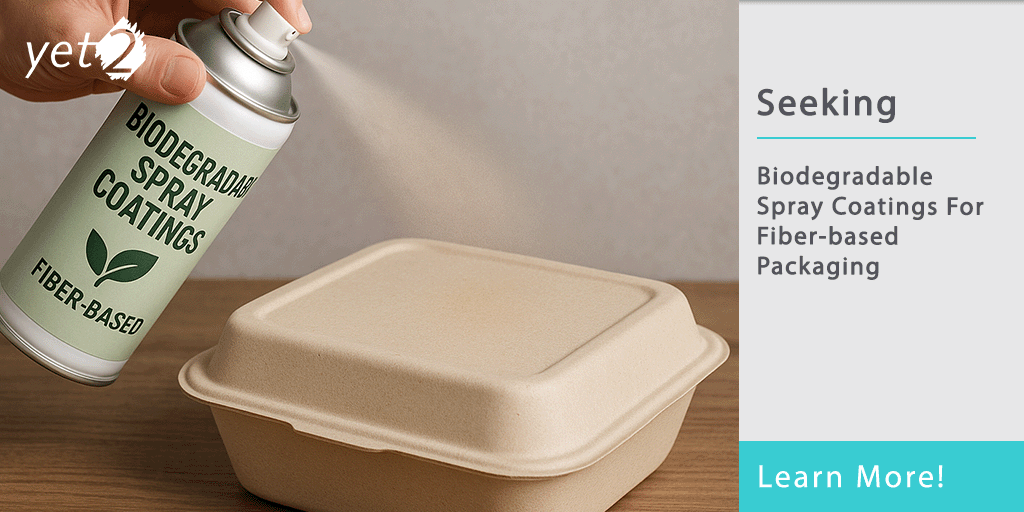Showing 1 to 15 of 398 results
![Seeking Applications for the Sustainability Open Innovation Challenge 7th Edition: Co-Create Scalable Solutions for a Greener Futu[…]](https://static4.innoget.com/uploads//d03cd4eca667995da00da9e2760eb6f94df09a06.jpg)
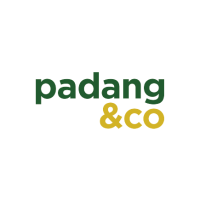
Seeking Applications for the Sustainability Open Innovation Challenge 7th Edition: Co-Create Scalable Solutions for a Greener Futu[…]
Candidates for Grants, Research Funding and Investment programs. Padang & Co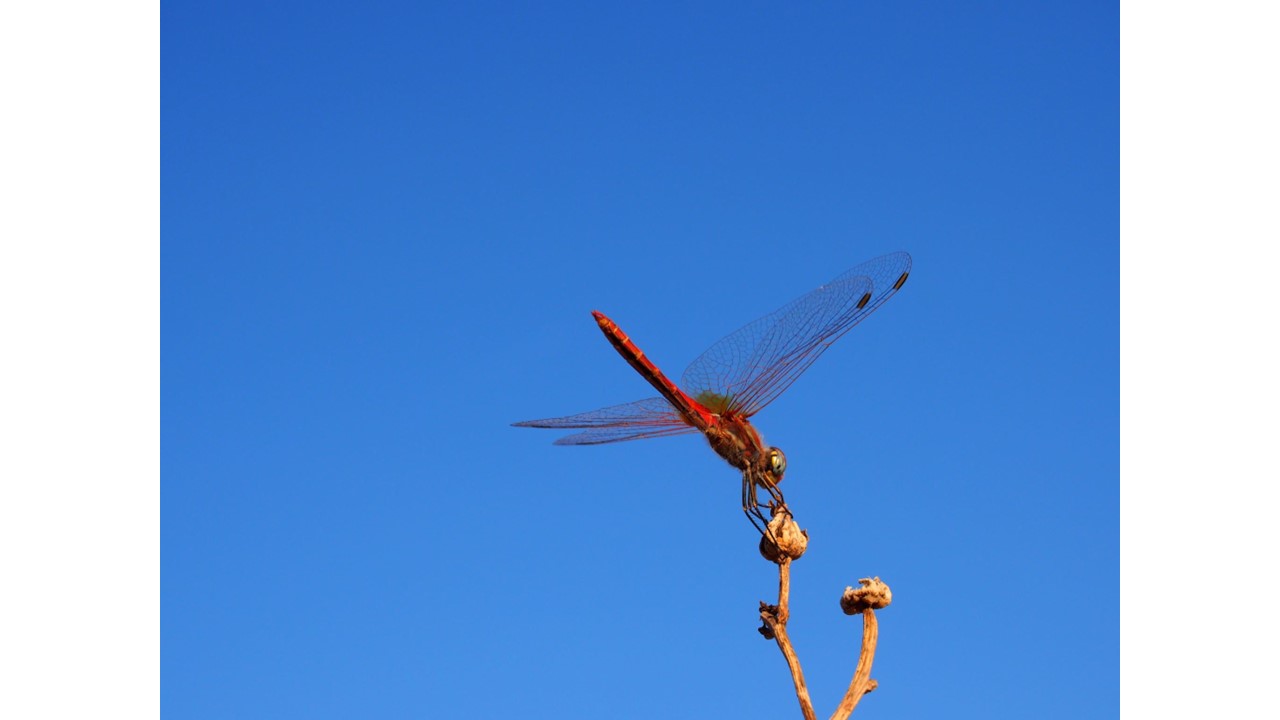
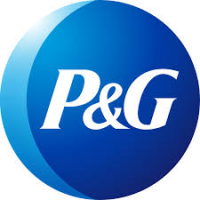
Seeking Solutions to Kill or Repel Flying Insects Inside the Home
Specific Technical Innovation The Procter & Gamble Company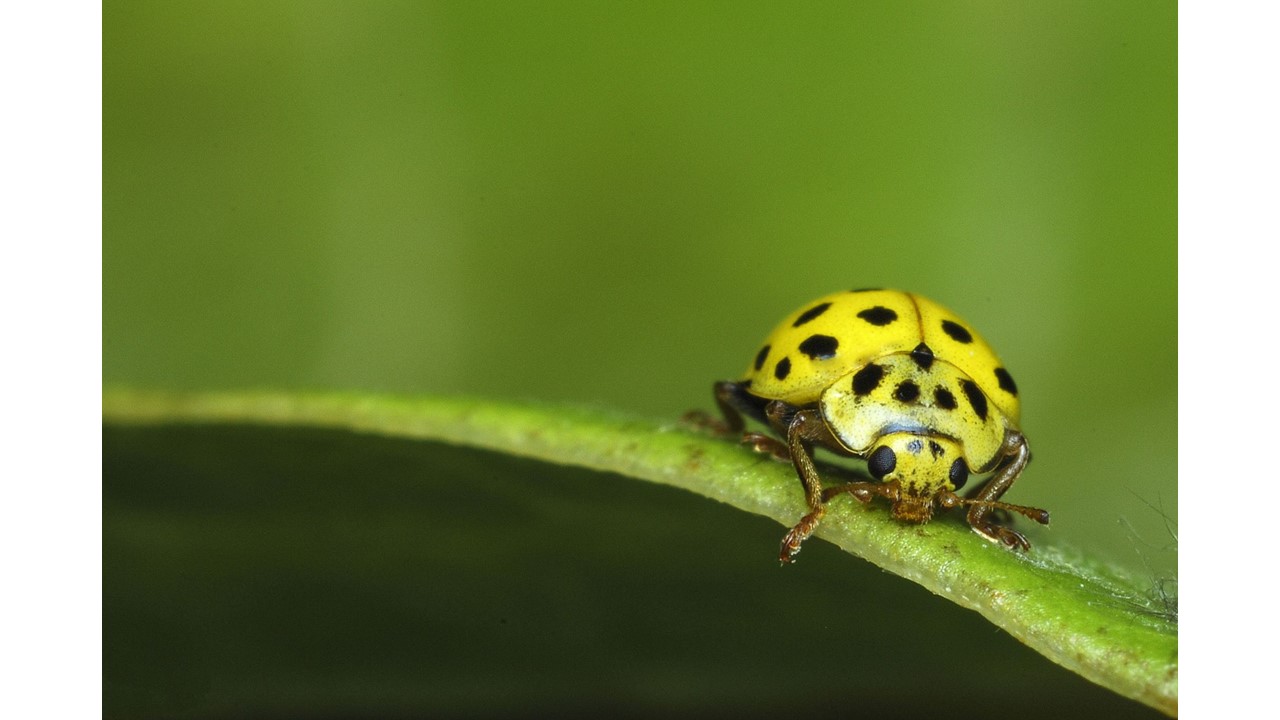

Seeking Effective, Safe and Effortless Solutions to Kill or Repel Crawling Insects
Specific Technical Innovation The Procter & Gamble Company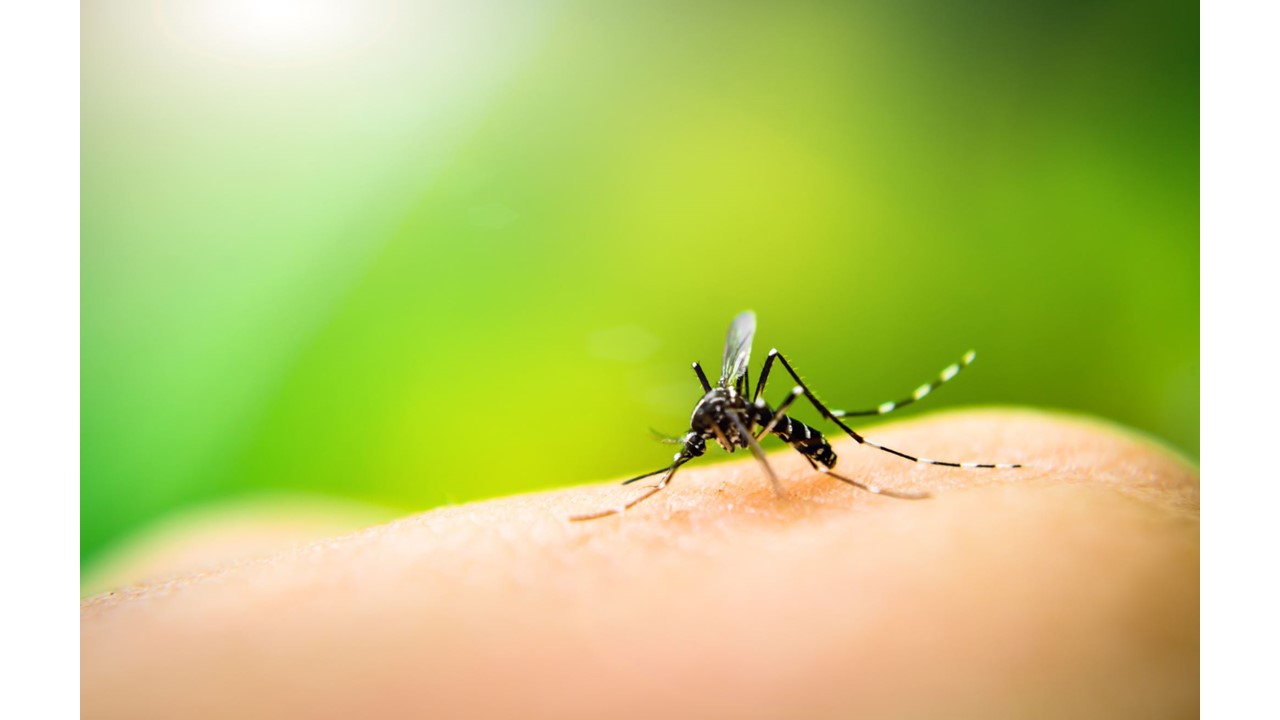

Seeking Effective, Safe and Effortless Solutions to Kill or Repel Mosquitos.
Specific Technical Innovation The Procter & Gamble Company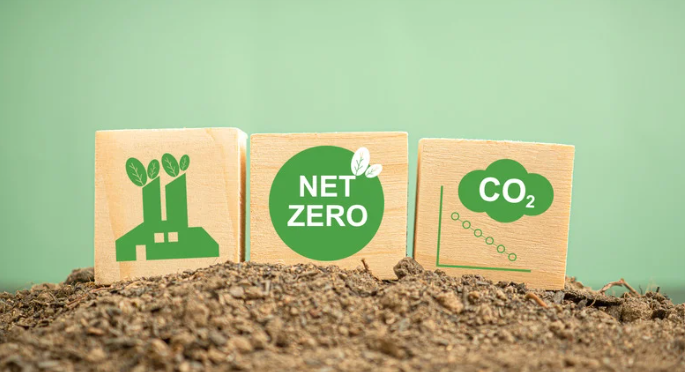

Processes for market assessment – LCA and regulatory assessment
Candidates for Grants, Research Funding and Investment programs. SMAR3TS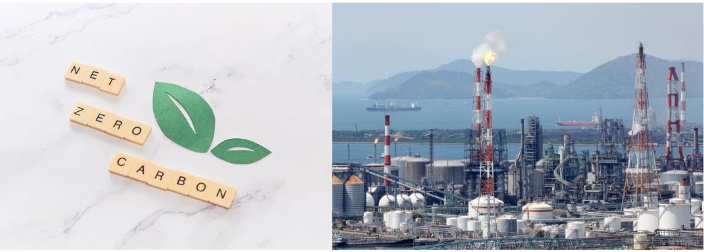

Assessment of scalability processes for industrial decarbonization
Candidates for Grants, Research Funding and Investment programs. SMAR3TS![Development of multi-scale approaches for testing, separation, removal, and recovery of valuable components, water, and energy thr[…]](https://static5.innoget.com/uploads/691cd107e1c56.png)

Development of multi-scale approaches for testing, separation, removal, and recovery of valuable components, water, and energy thr[…]
Candidates for Grants, Research Funding and Investment programs. SMAR3TS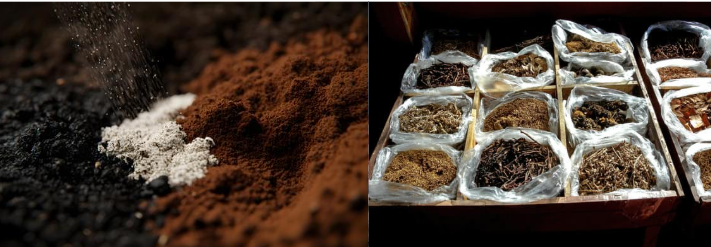

Scaling industrial processes of critical raw materials recovery and application
Candidates for Grants, Research Funding and Investment programs. SMAR3TS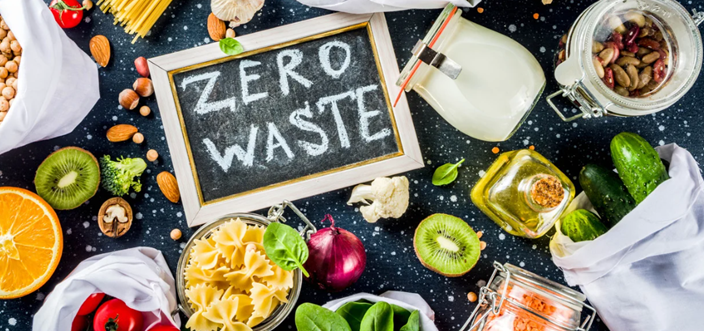

Upcycling agri-food waste through upscaling industrial applicability and business case modelling
Candidates for Grants, Research Funding and Investment programs. SMAR3TS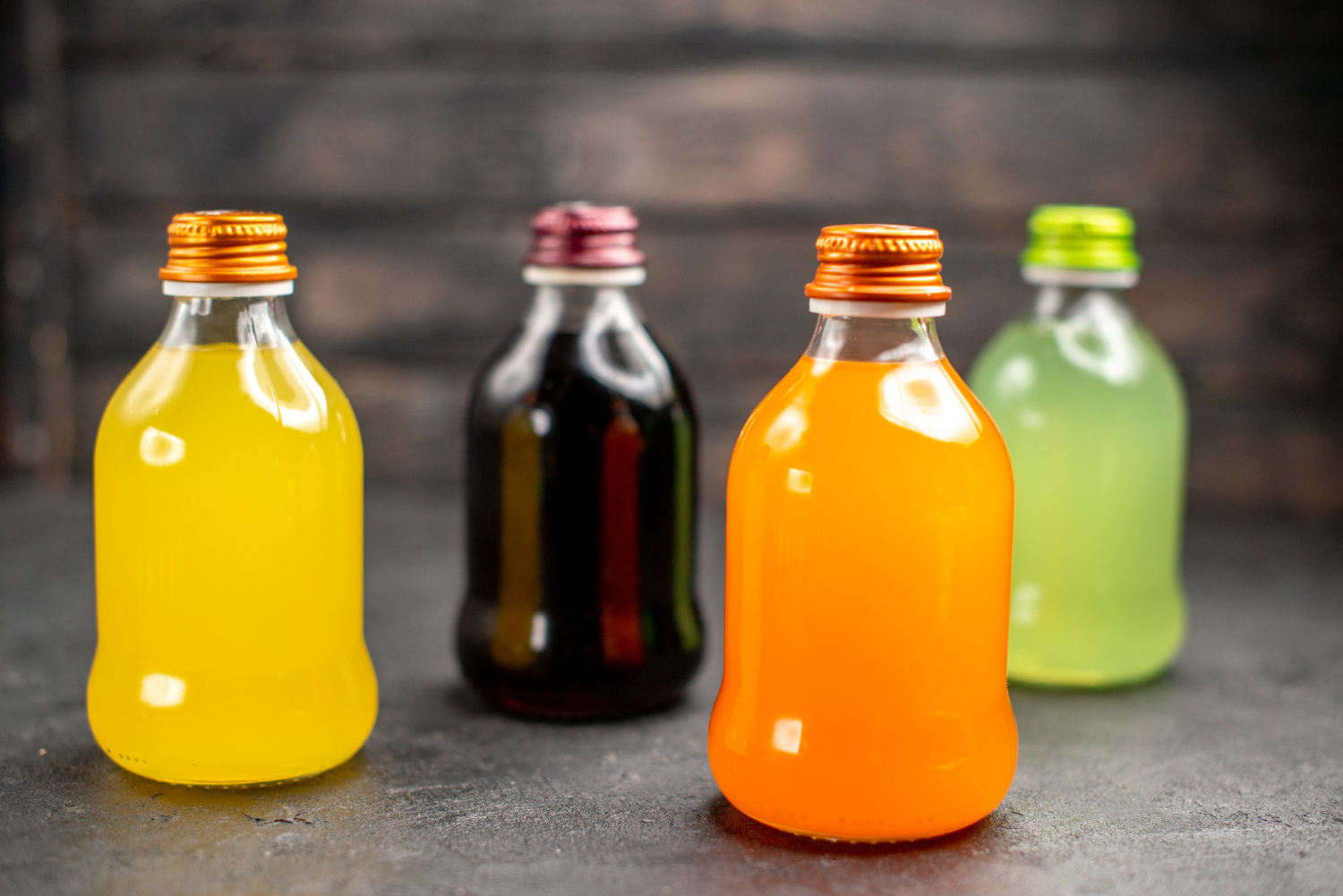
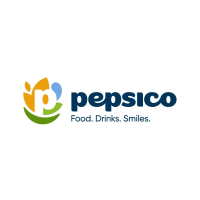
Seeking Natural Preservatives for Beverage Applications
Specific Technical Innovation PepsiCo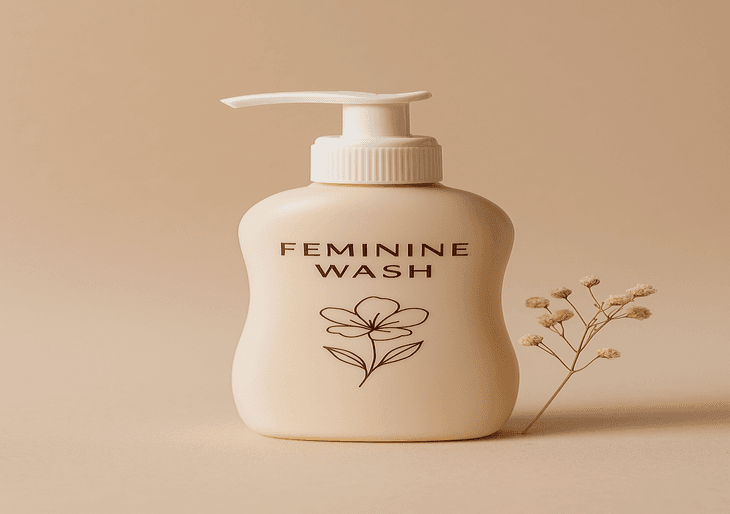
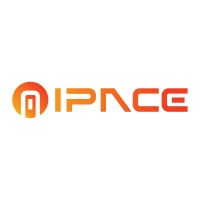
Seeking Probiotic Strains for Feminine Hygiene Product Development
Ready to Market Technical Innovations and Products Frame IPACE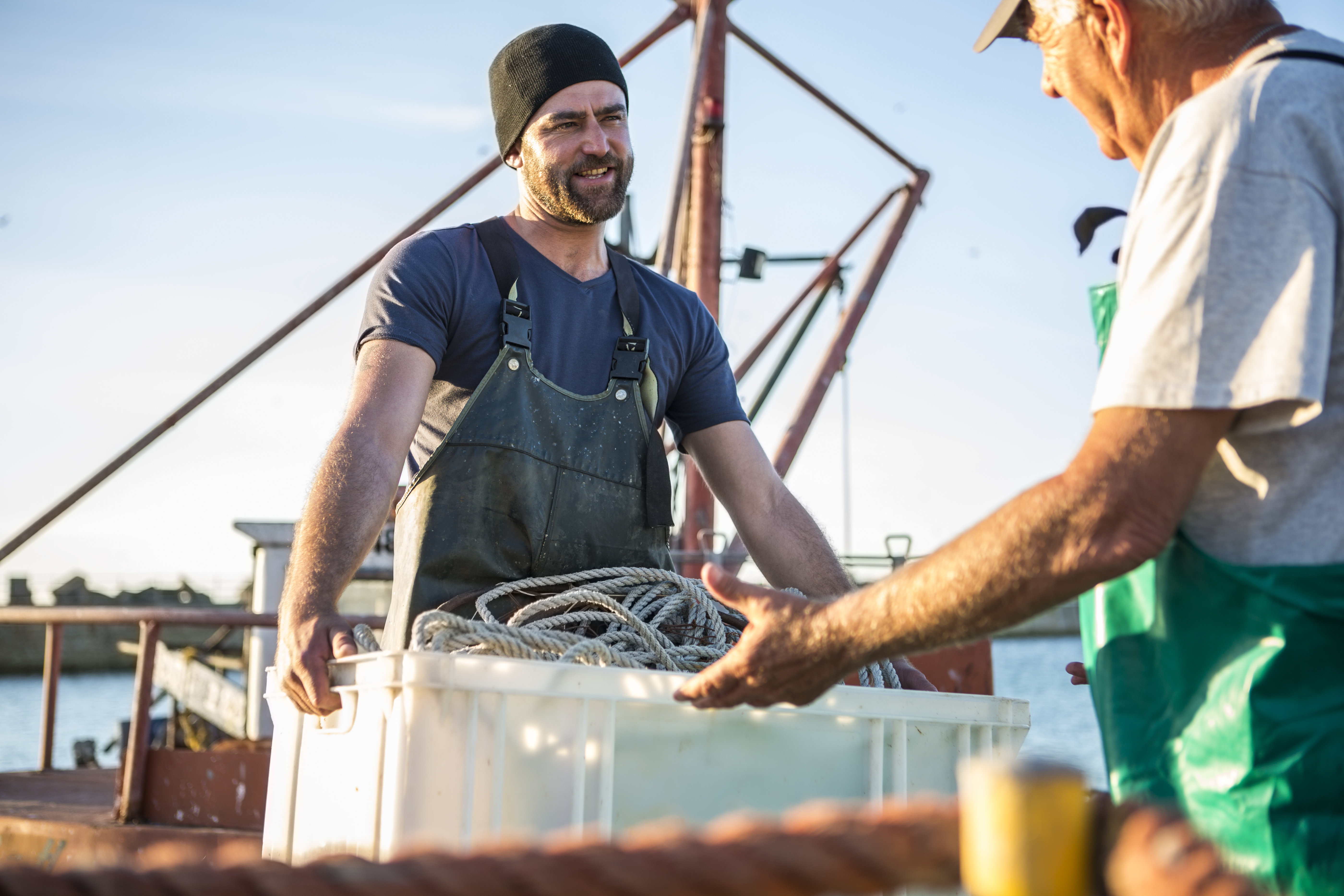
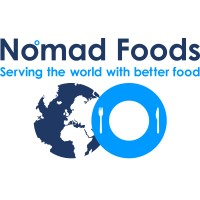
Seeking Business Enablers to Optimize Processes, Enhance Supply Chains, and Drive Digital Transformation in Frozen Foods Industry
Ready to Market Technical Innovations and Products Nomad Foods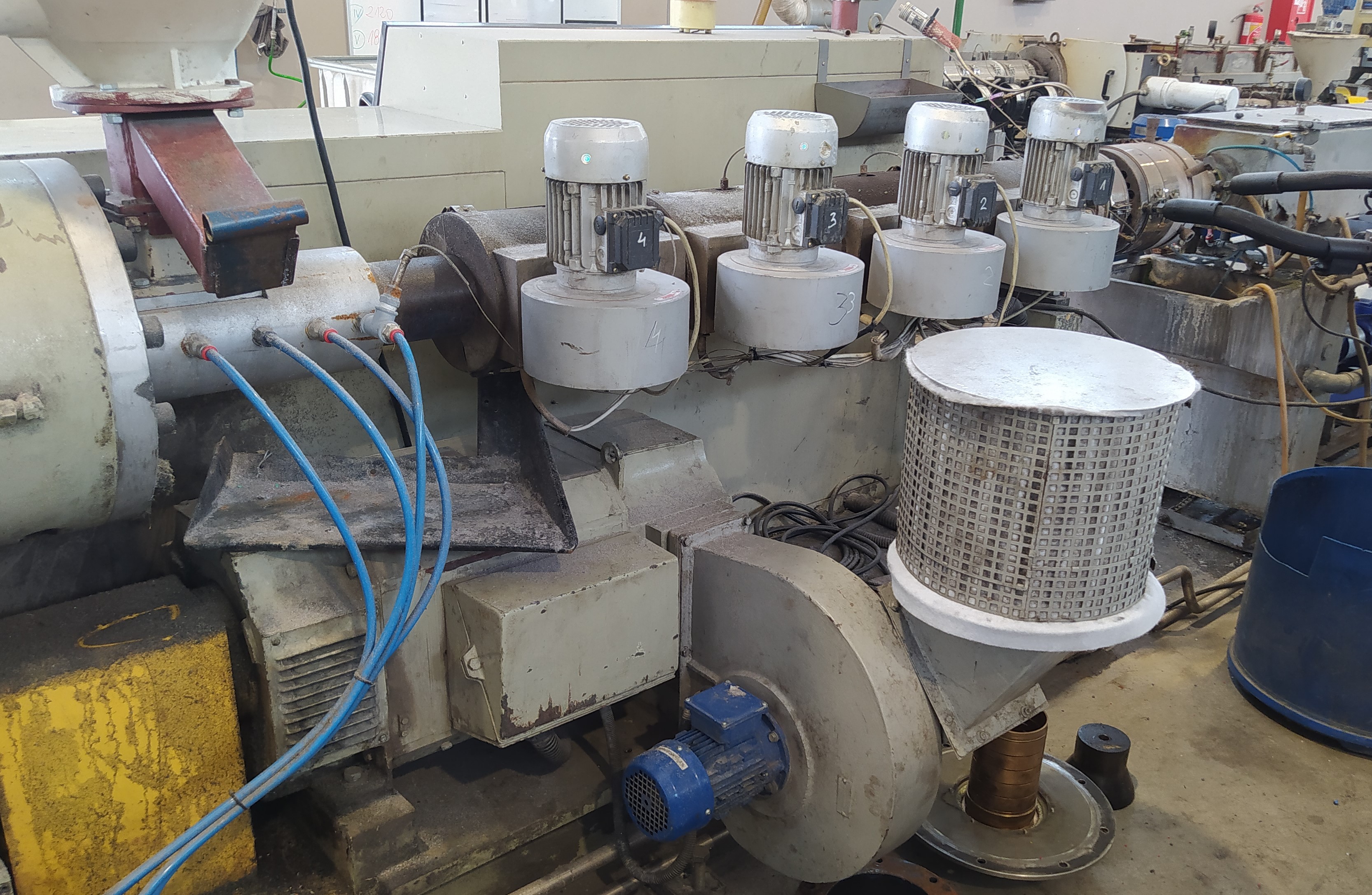
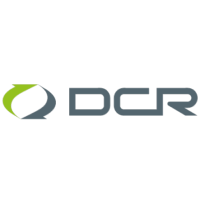
Seeking optimization of the plasticizing unit for HDPE and HMWHDPE recycling.
Specific Technical Innovation DCR S.A.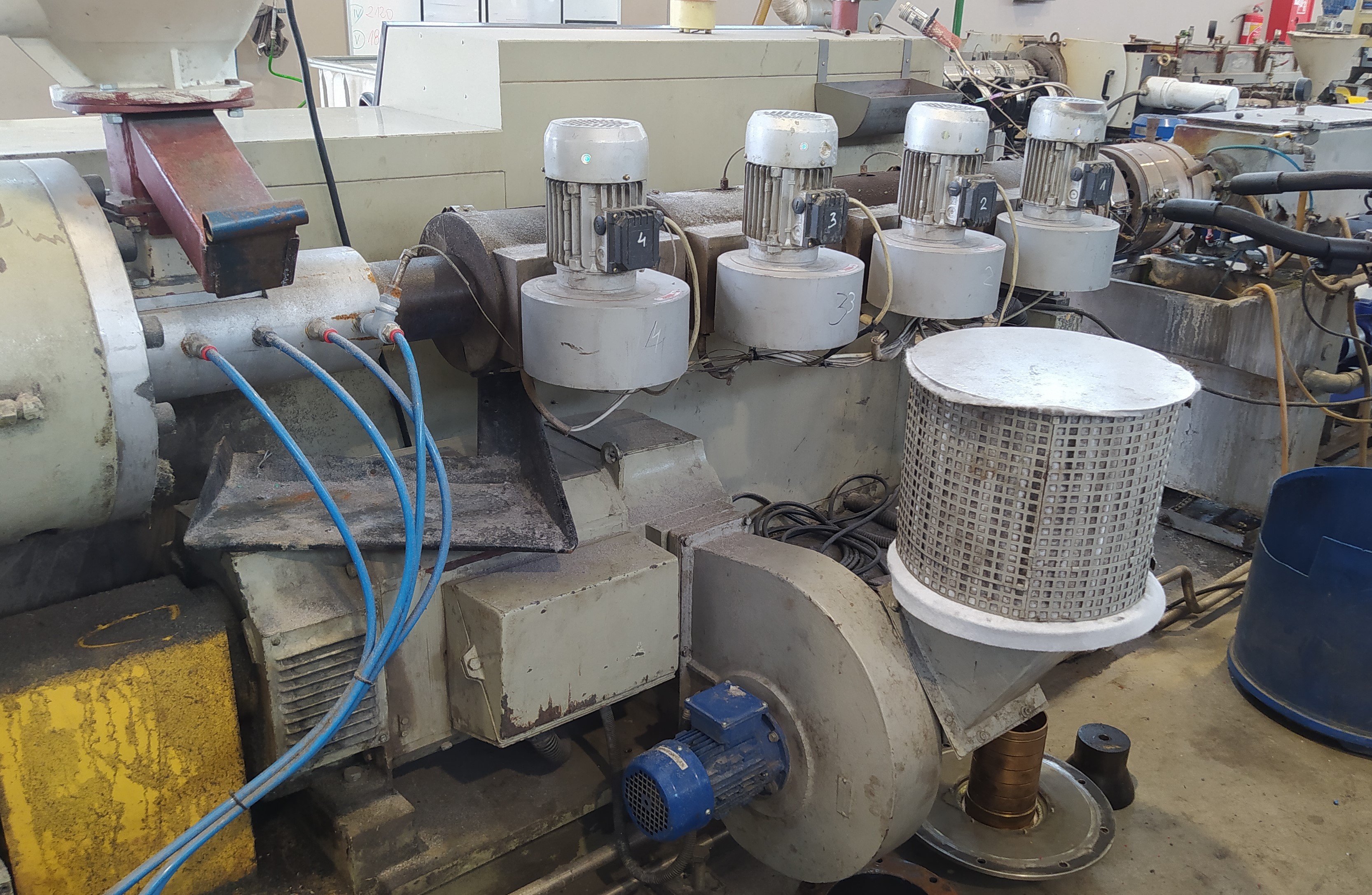

Seeking optimization of the plasticizing unit for HDPE and HMWHDPE recycling
Specific Technical Innovation DCR S.A.